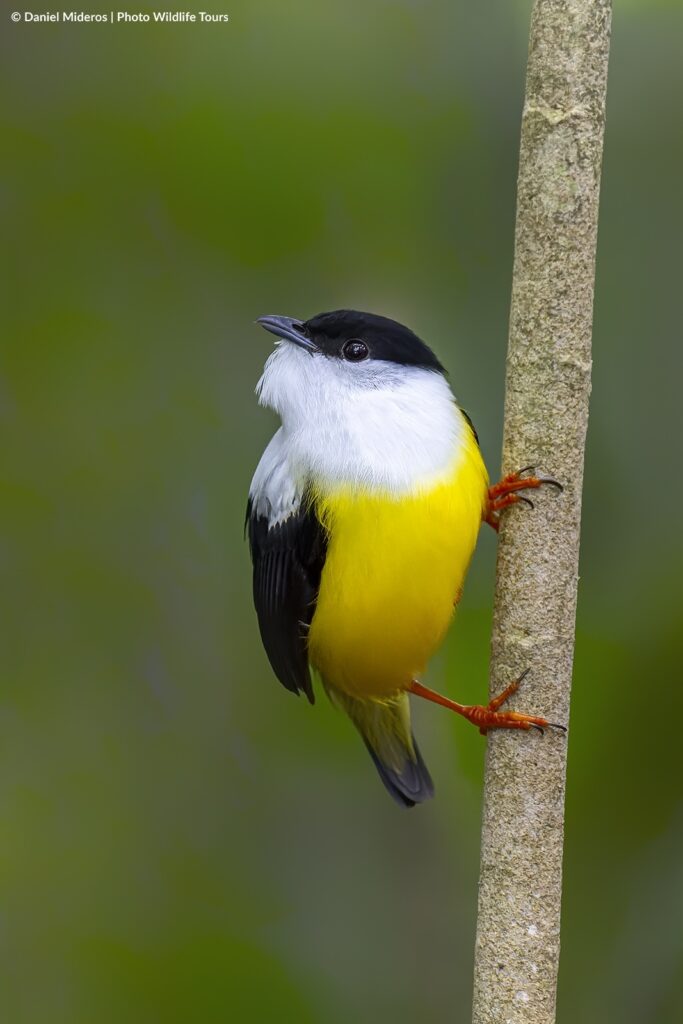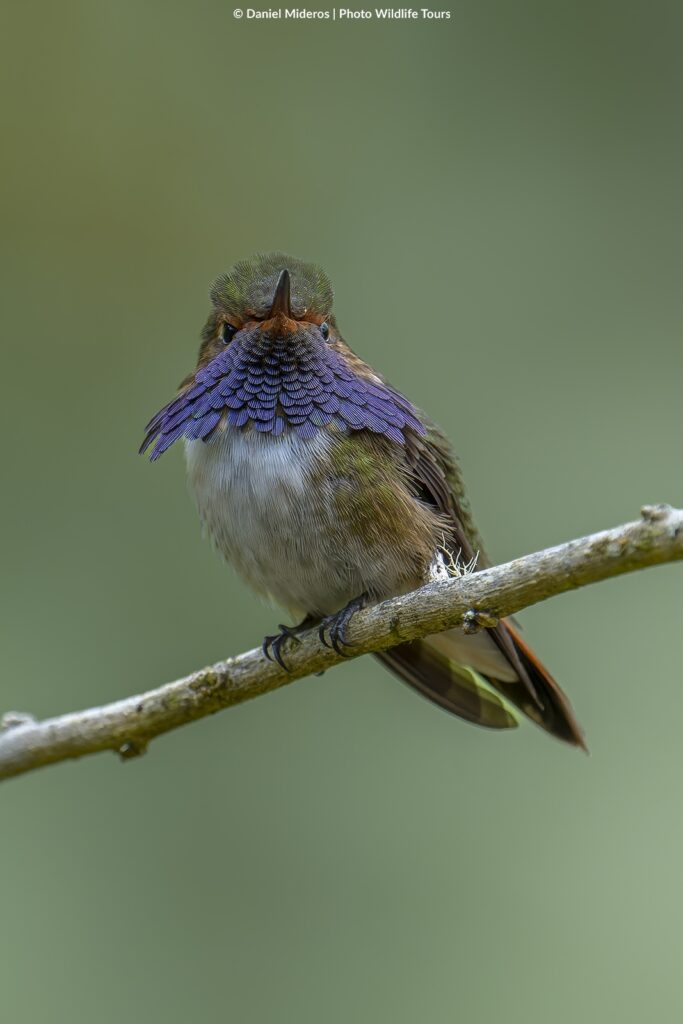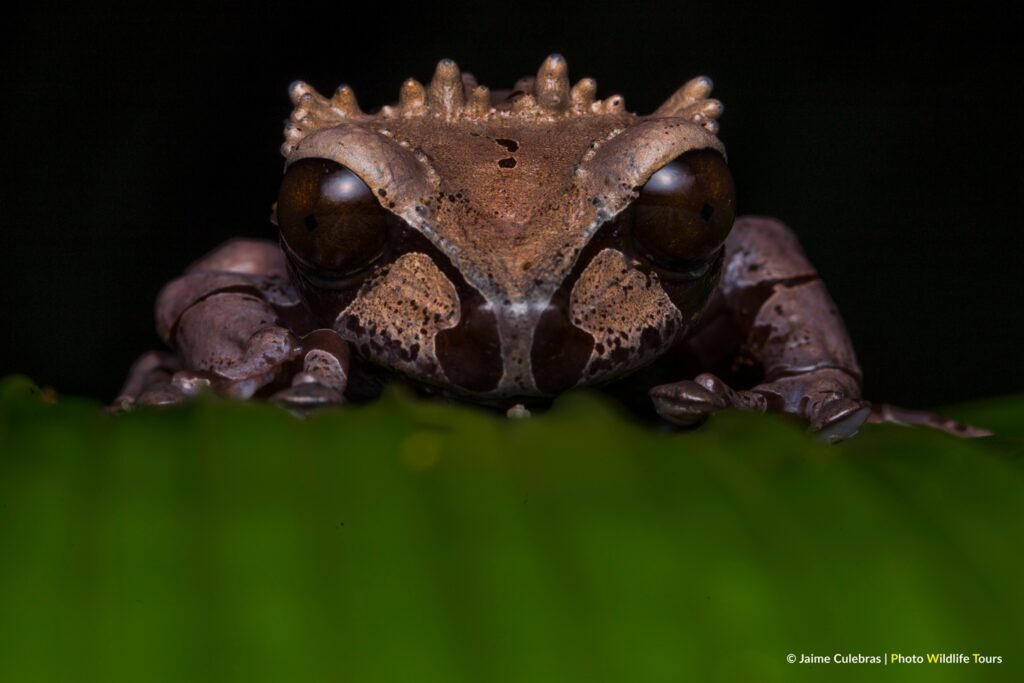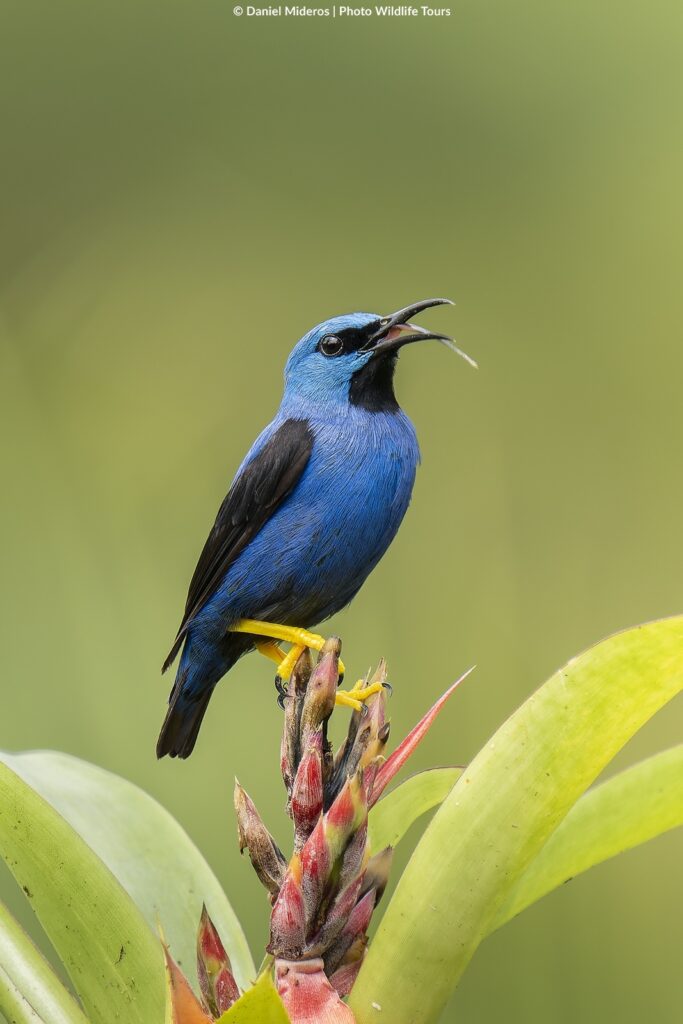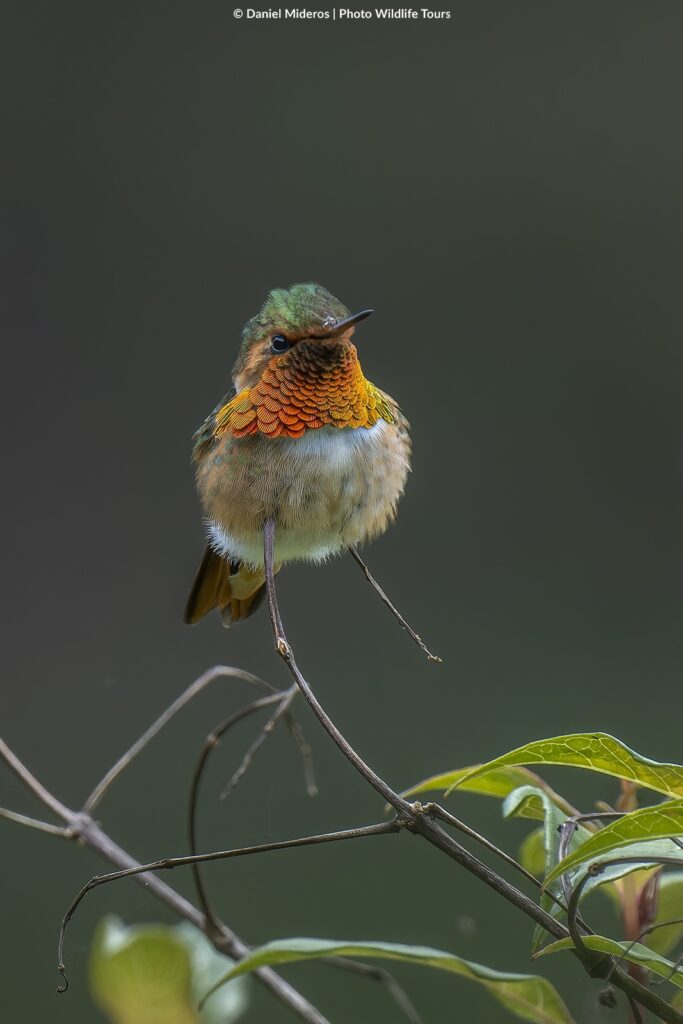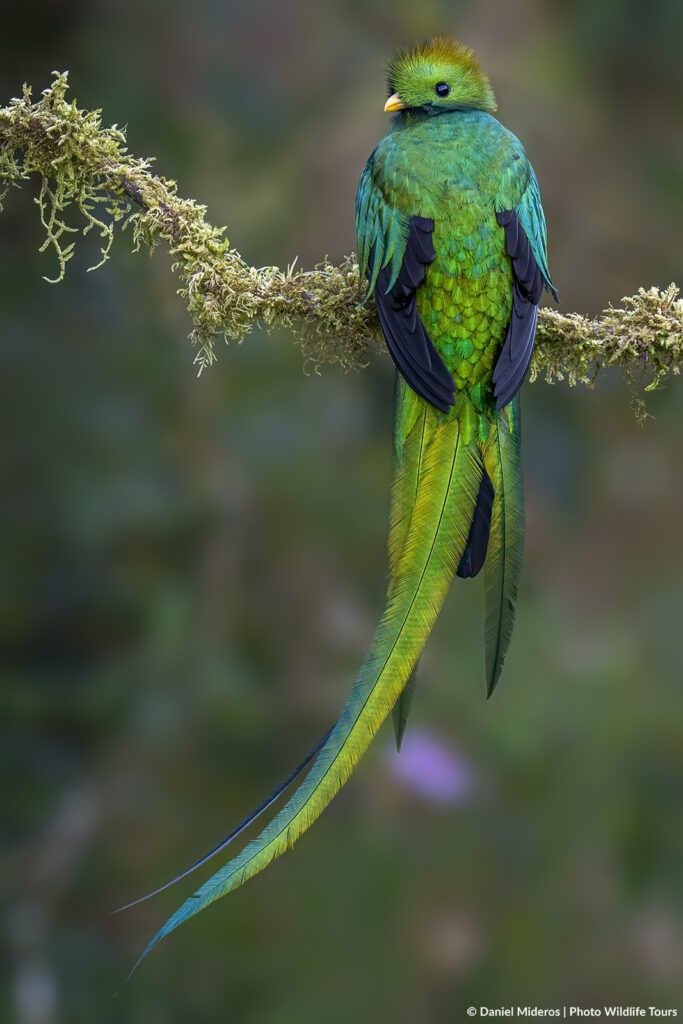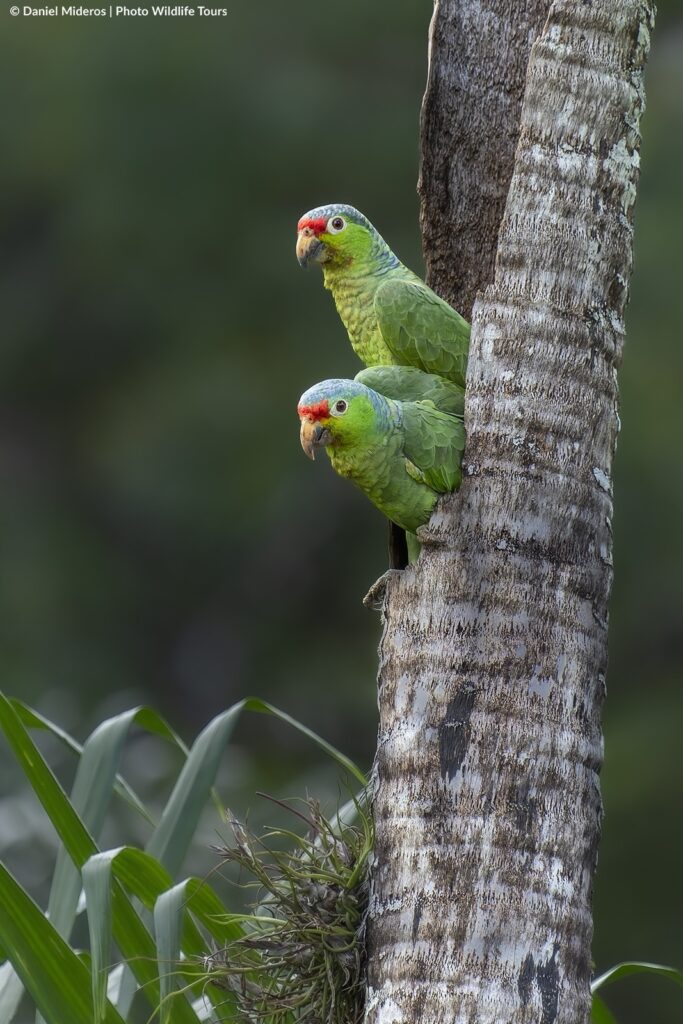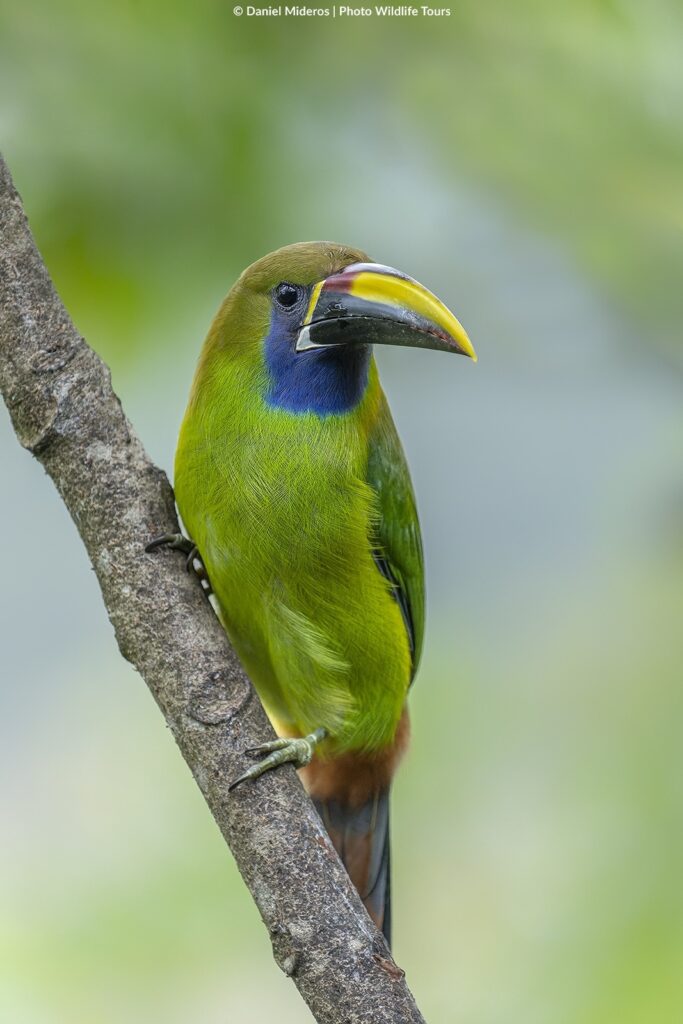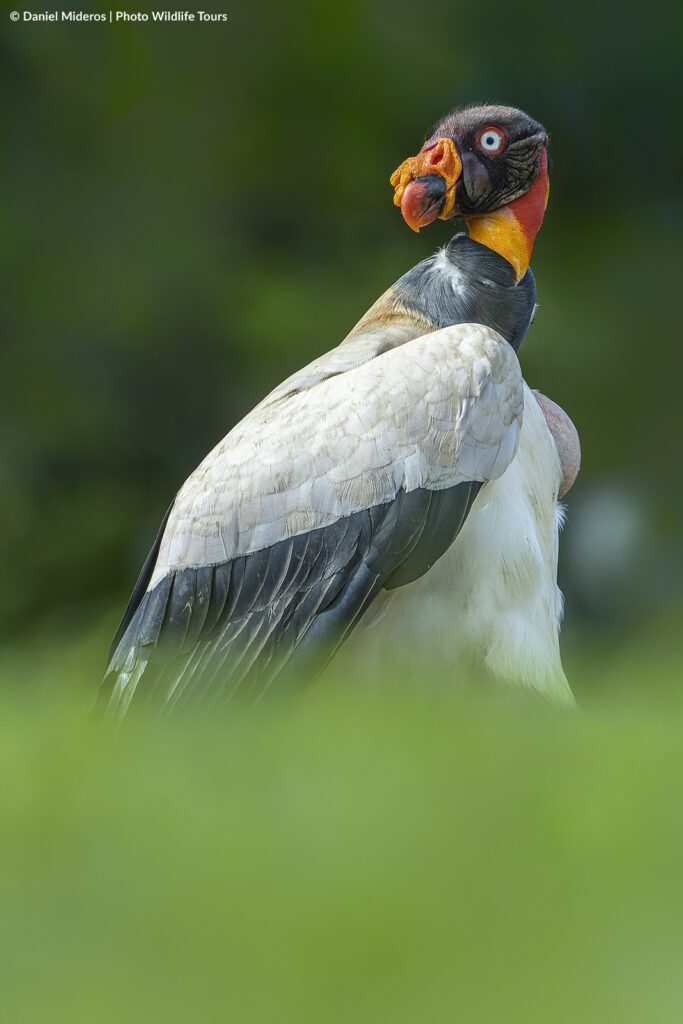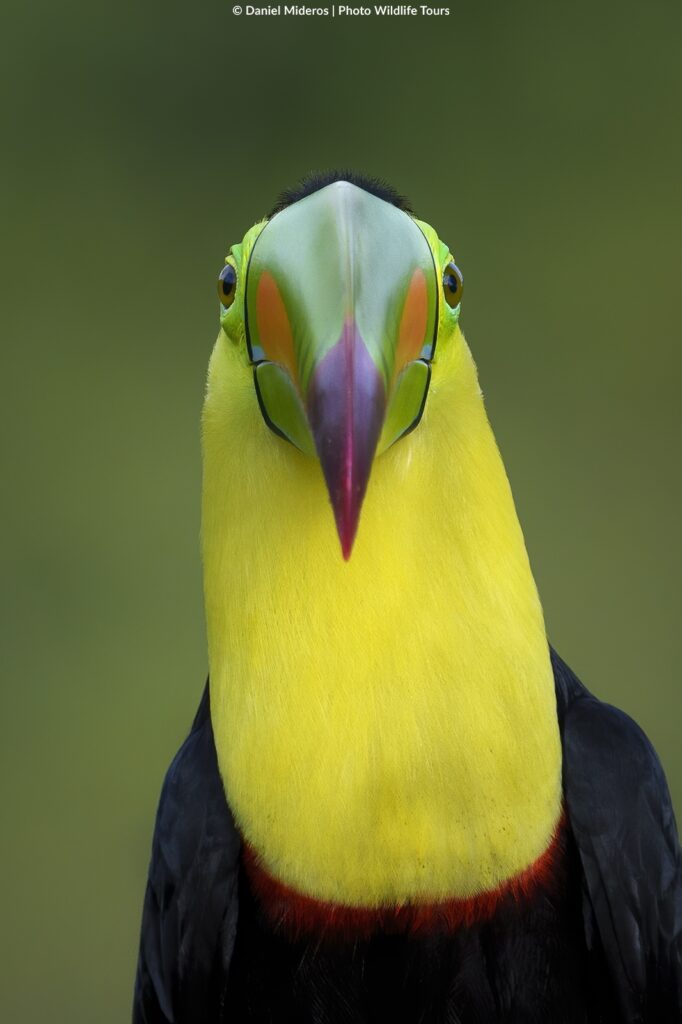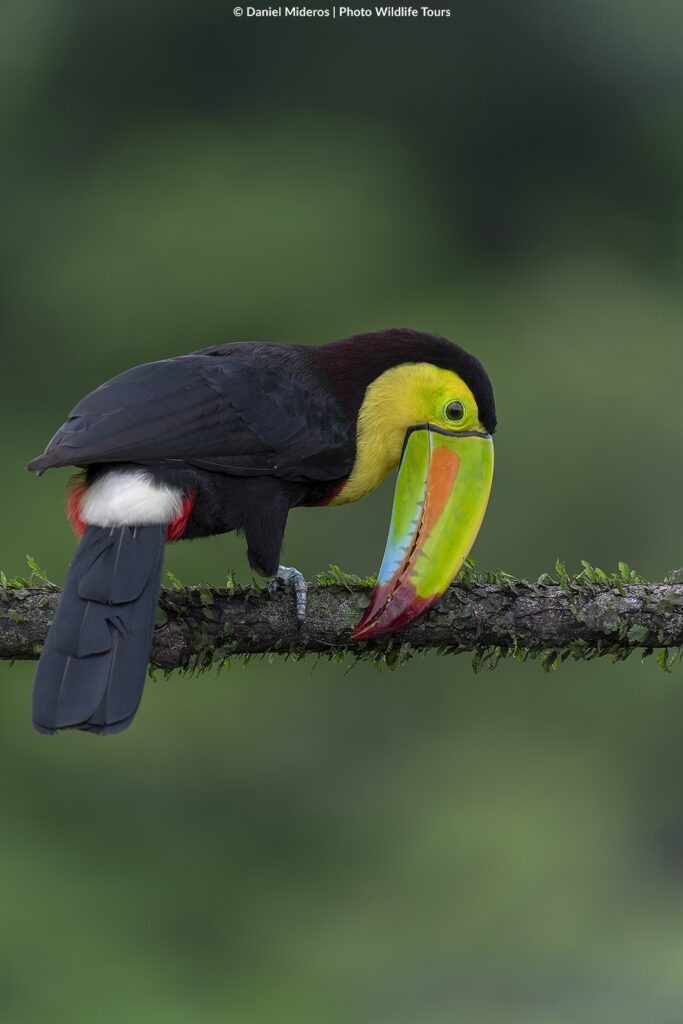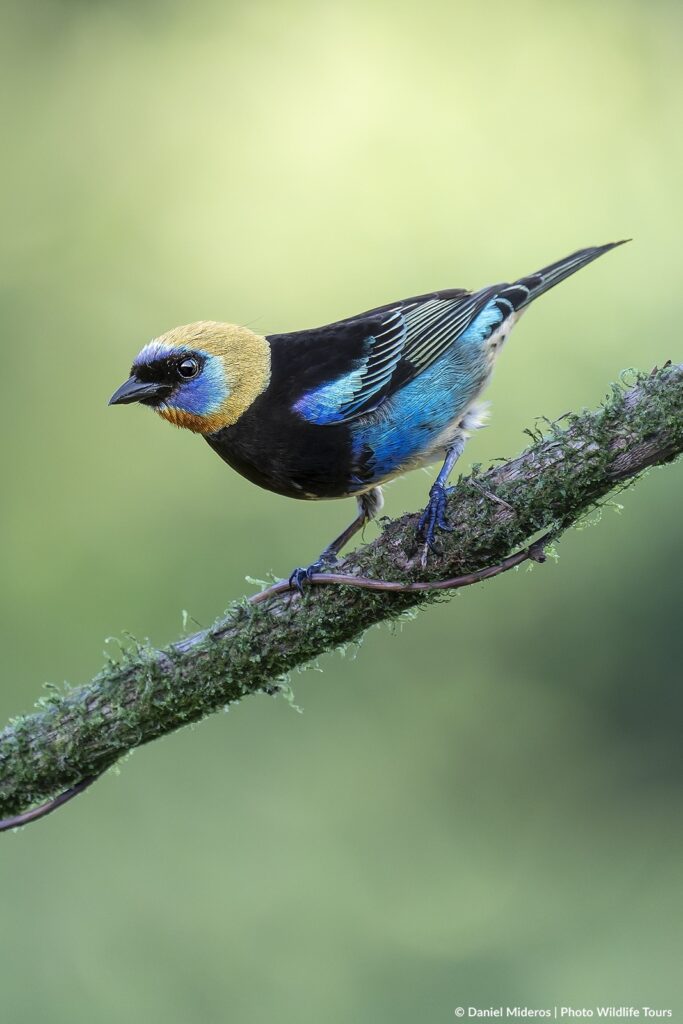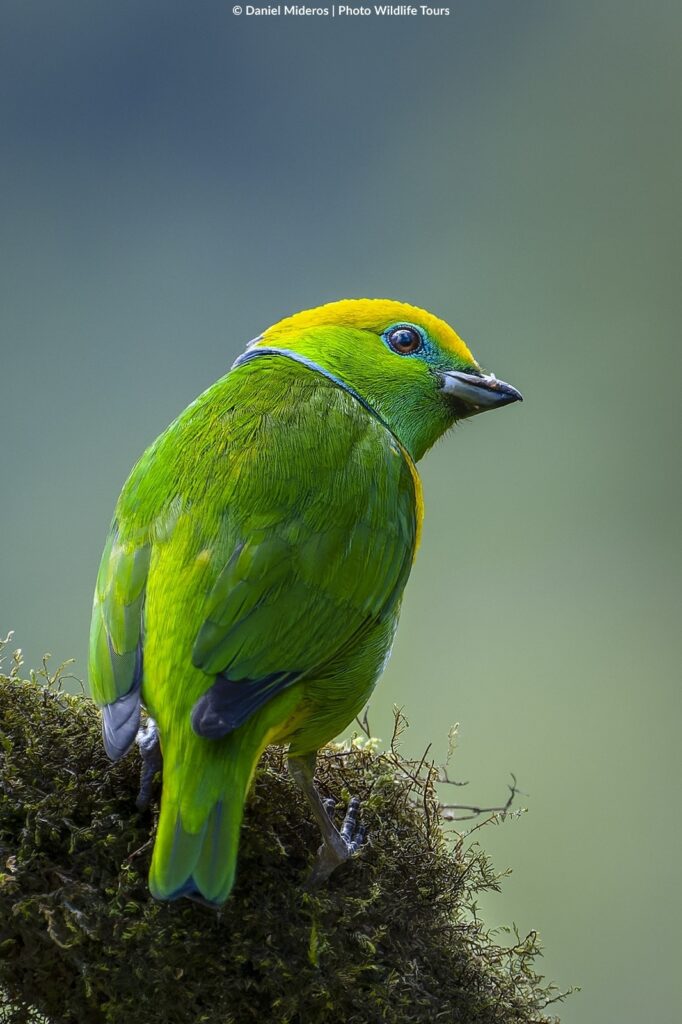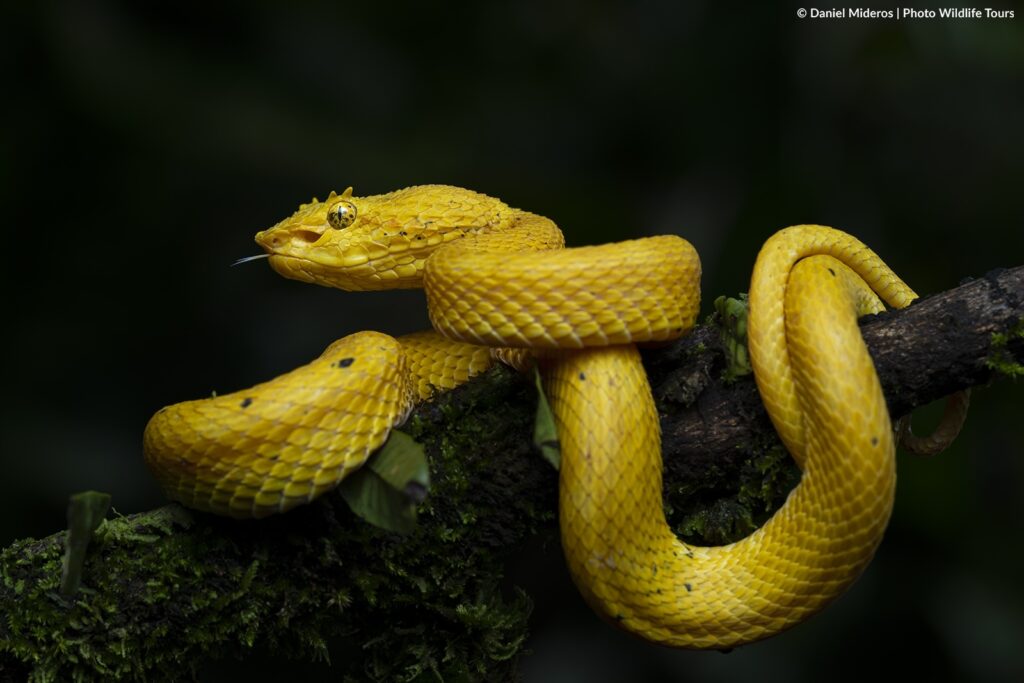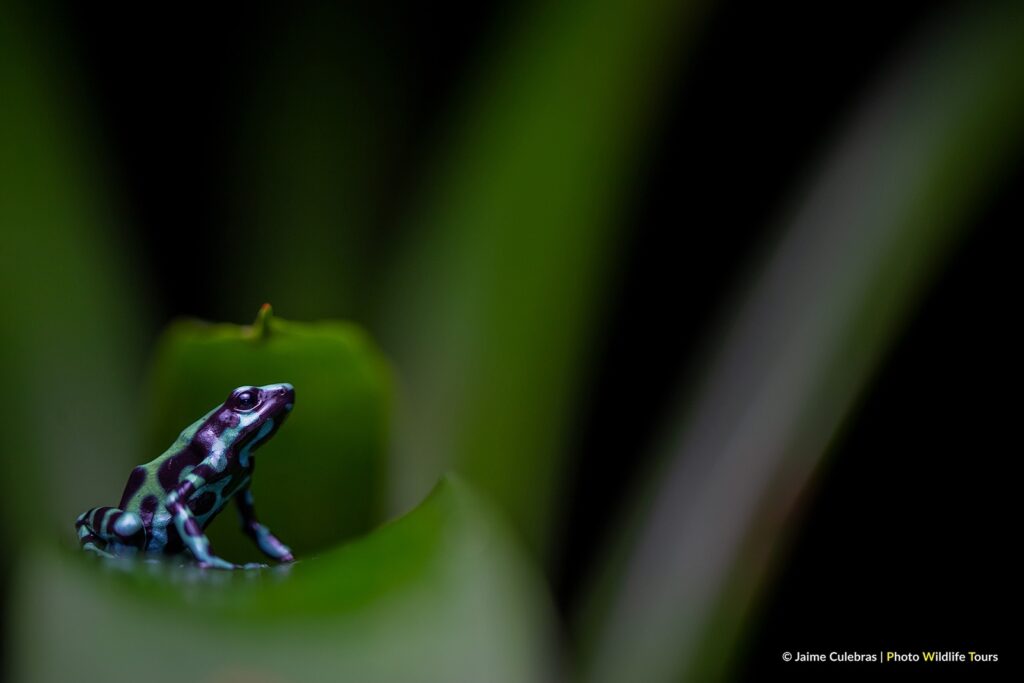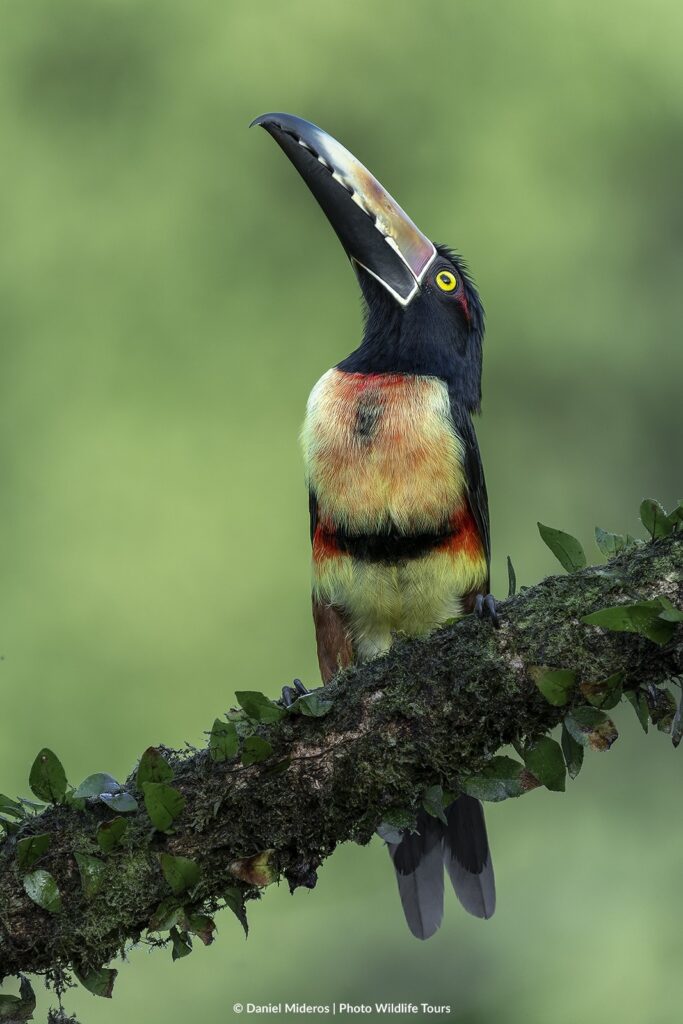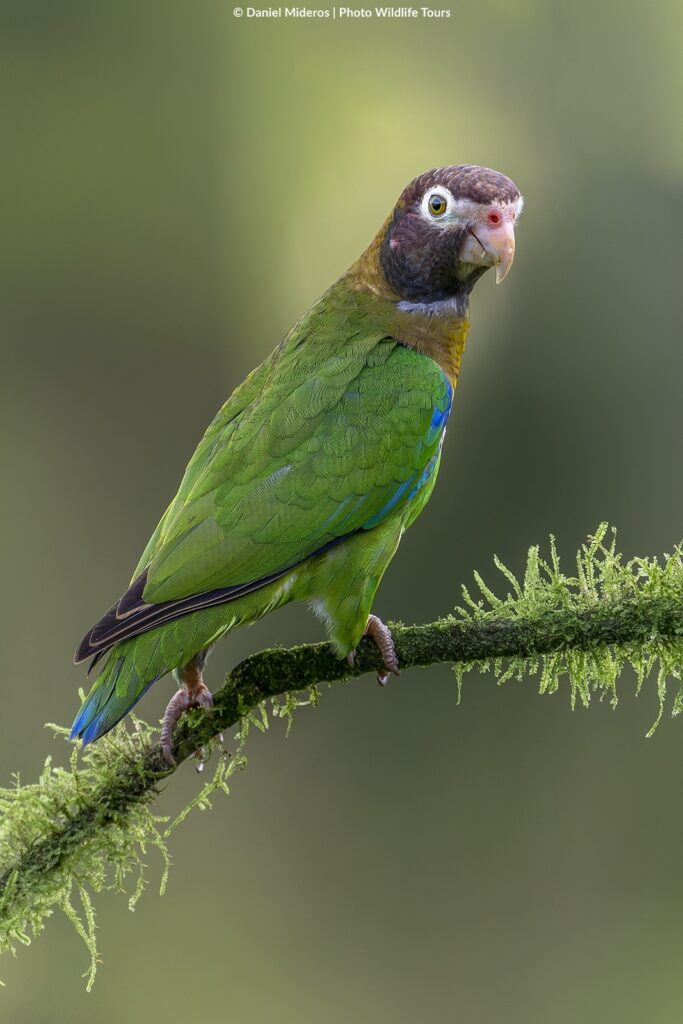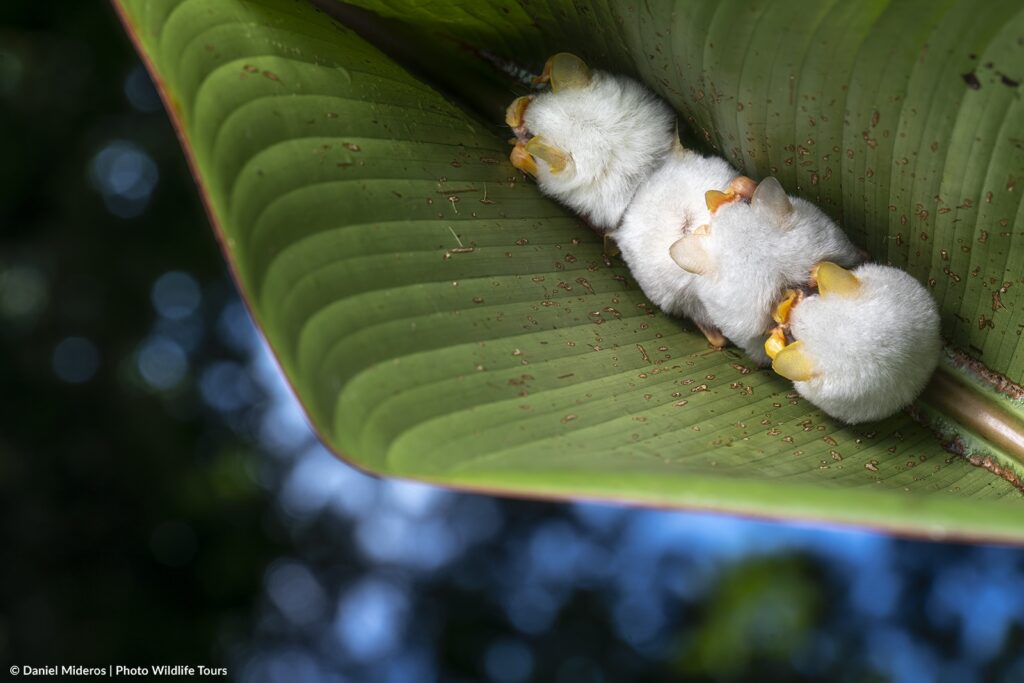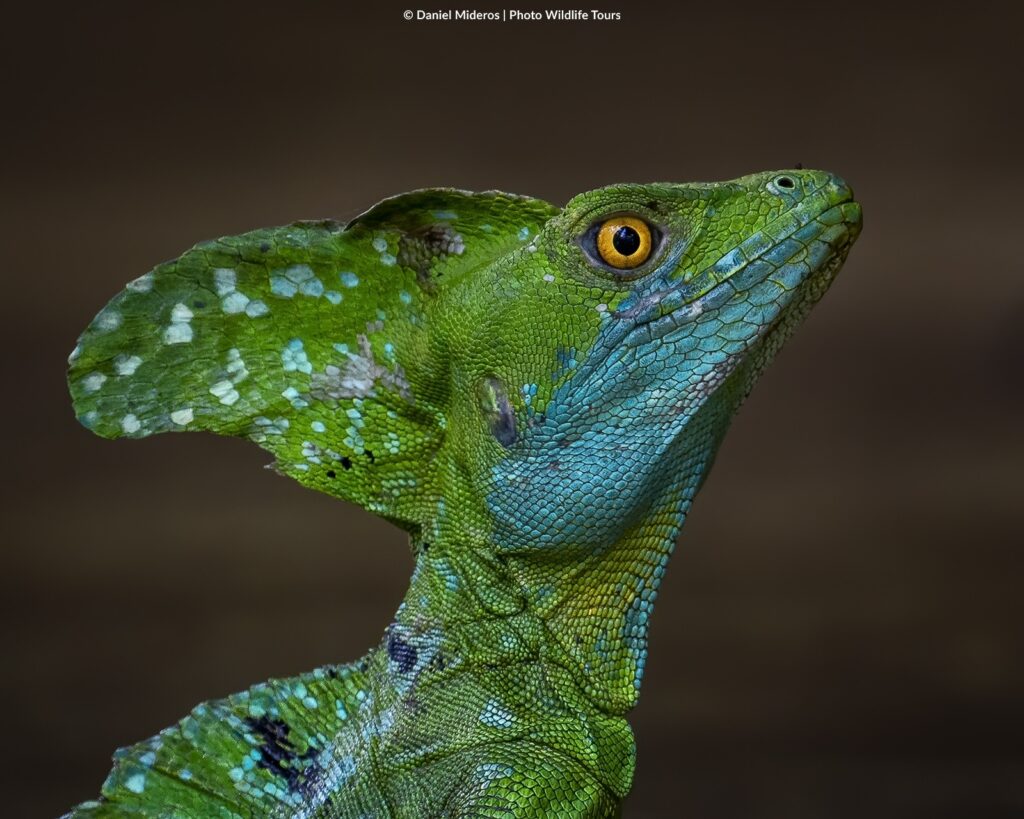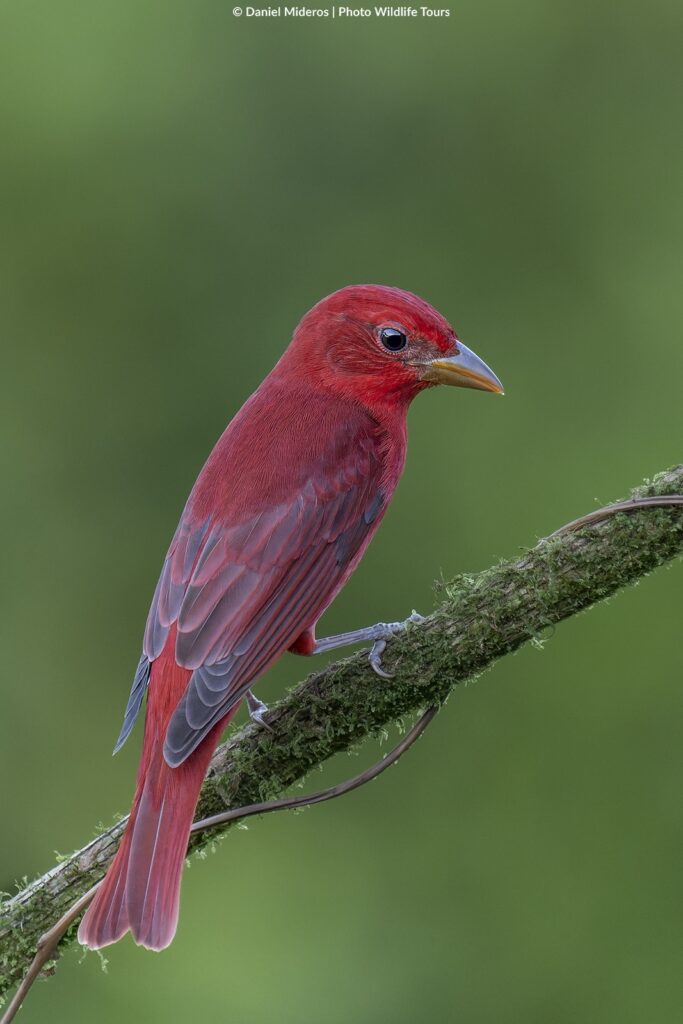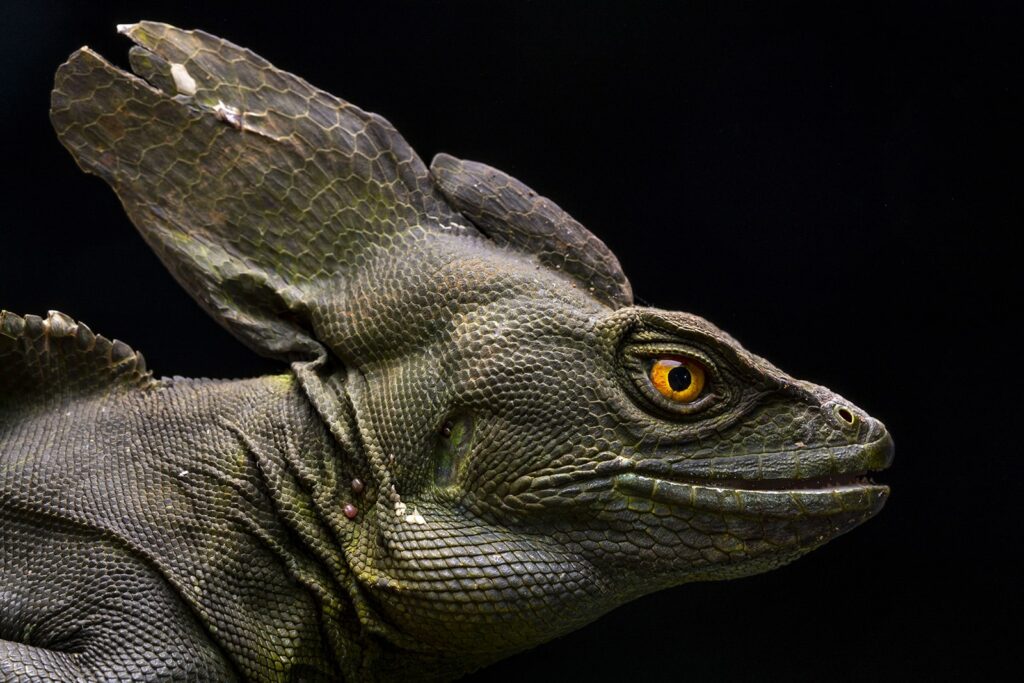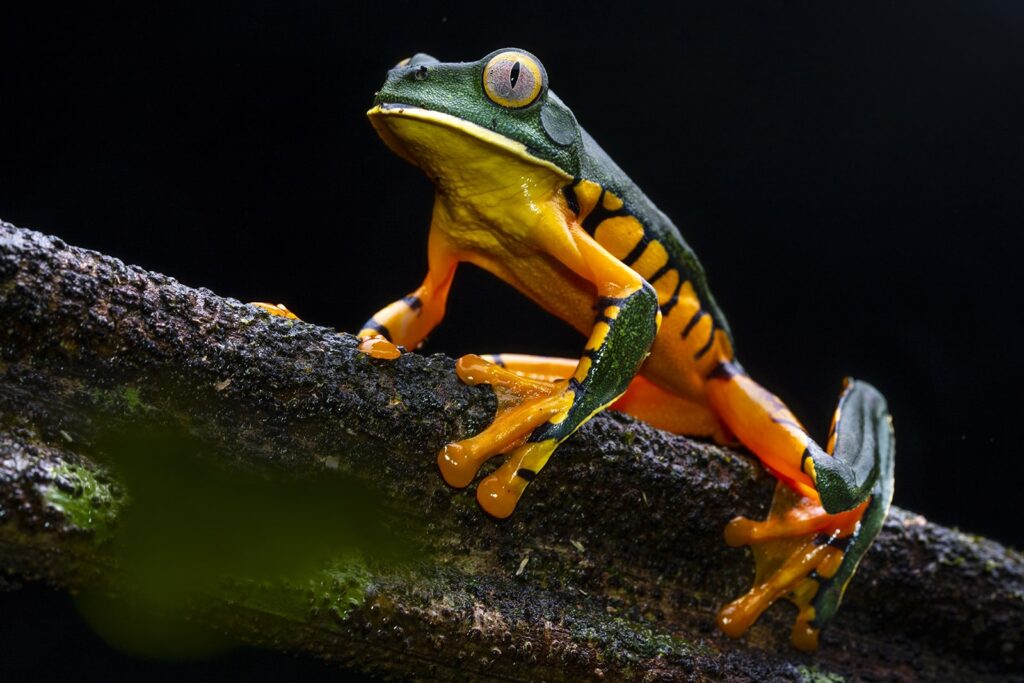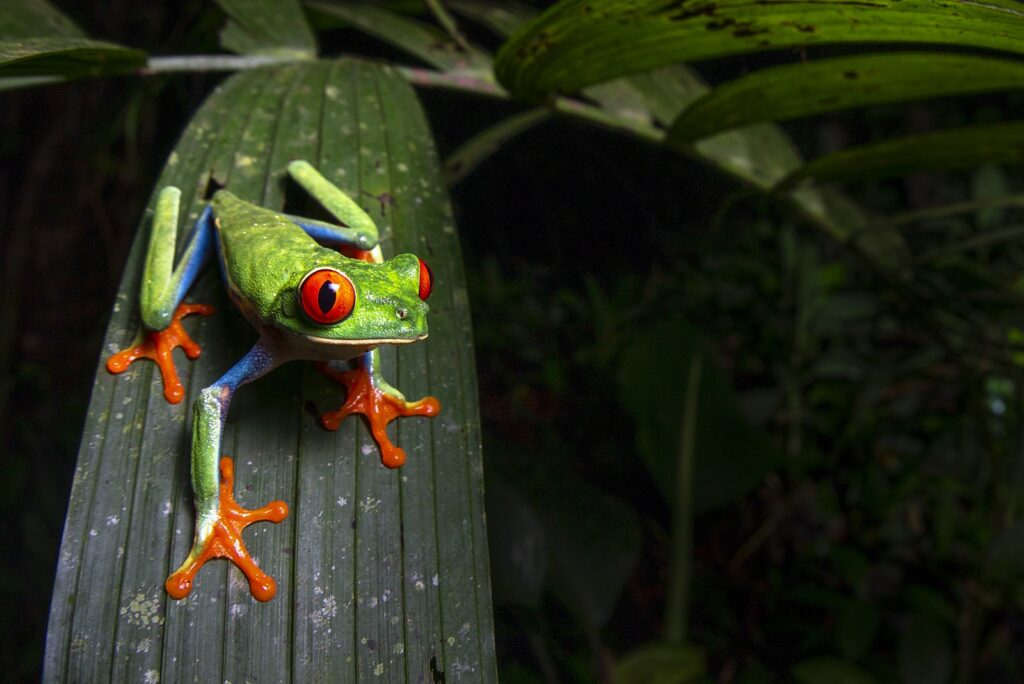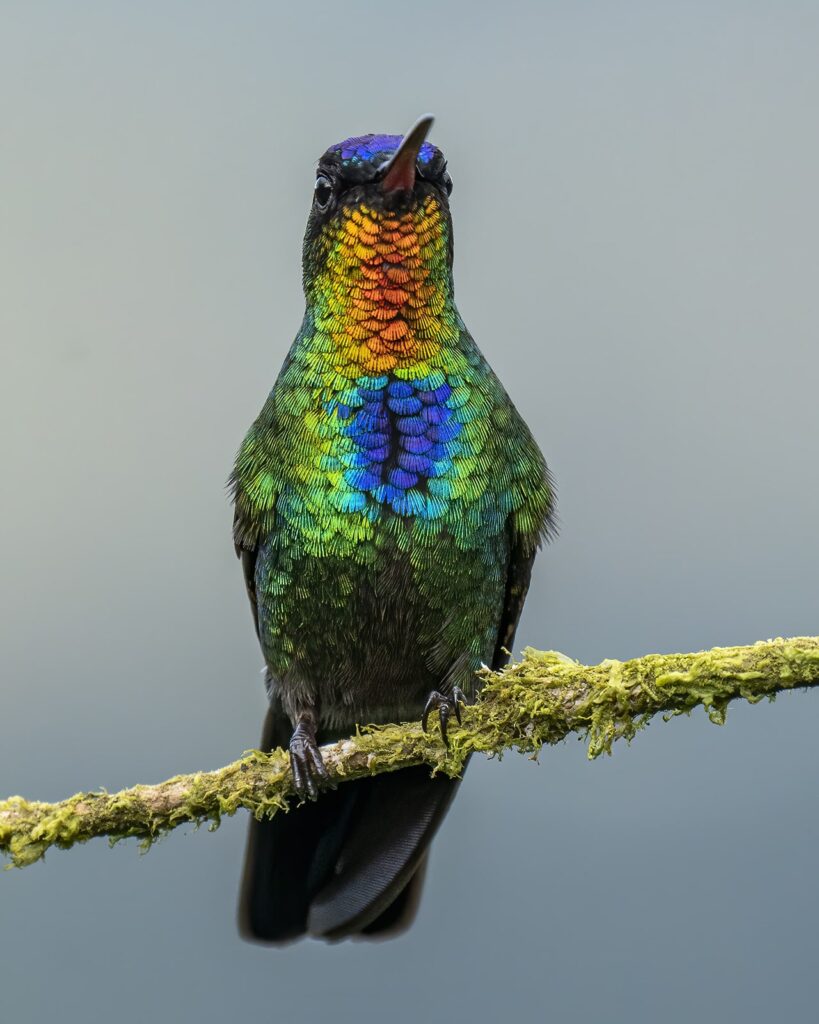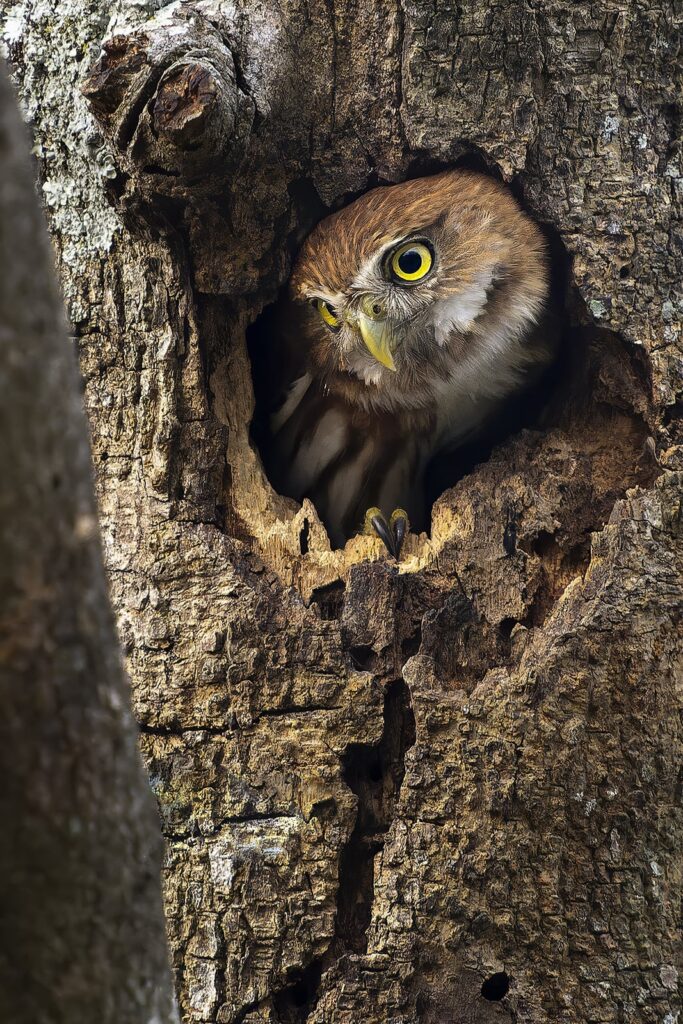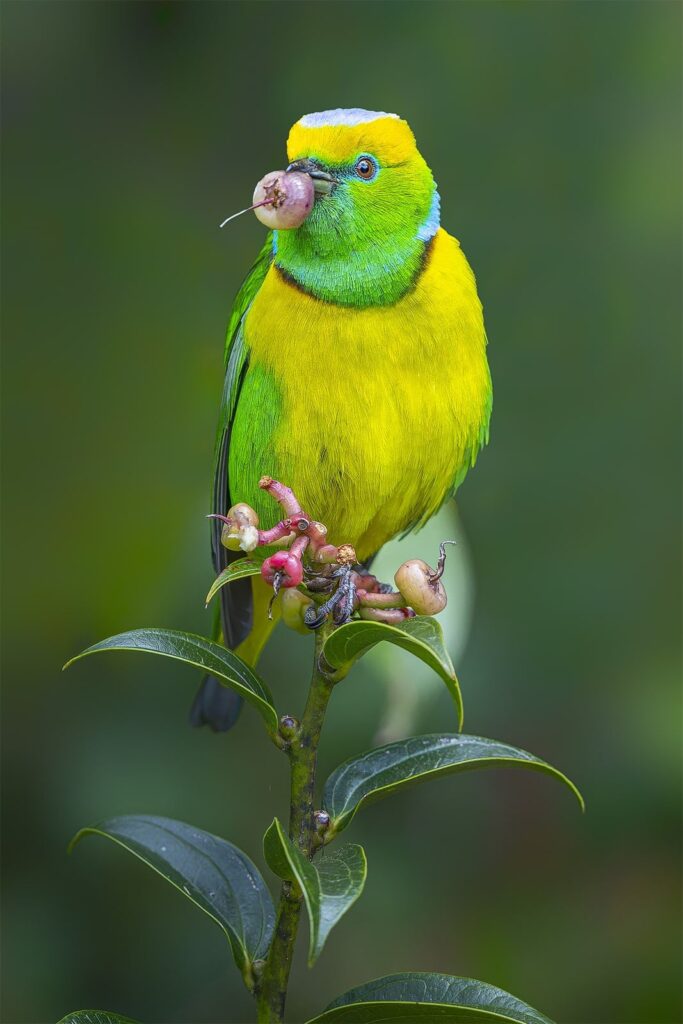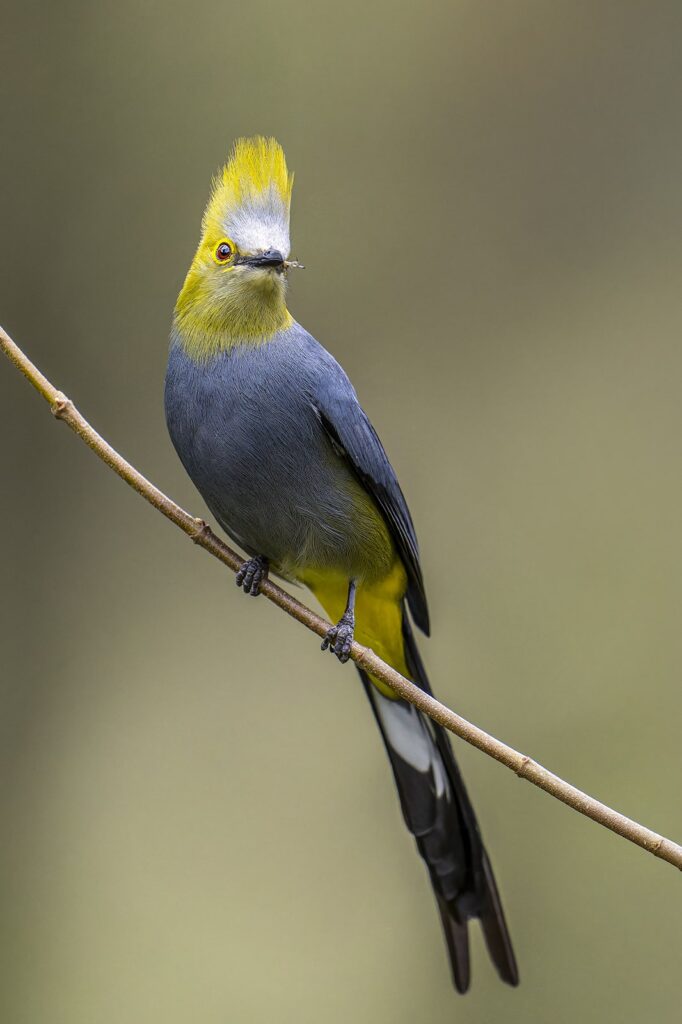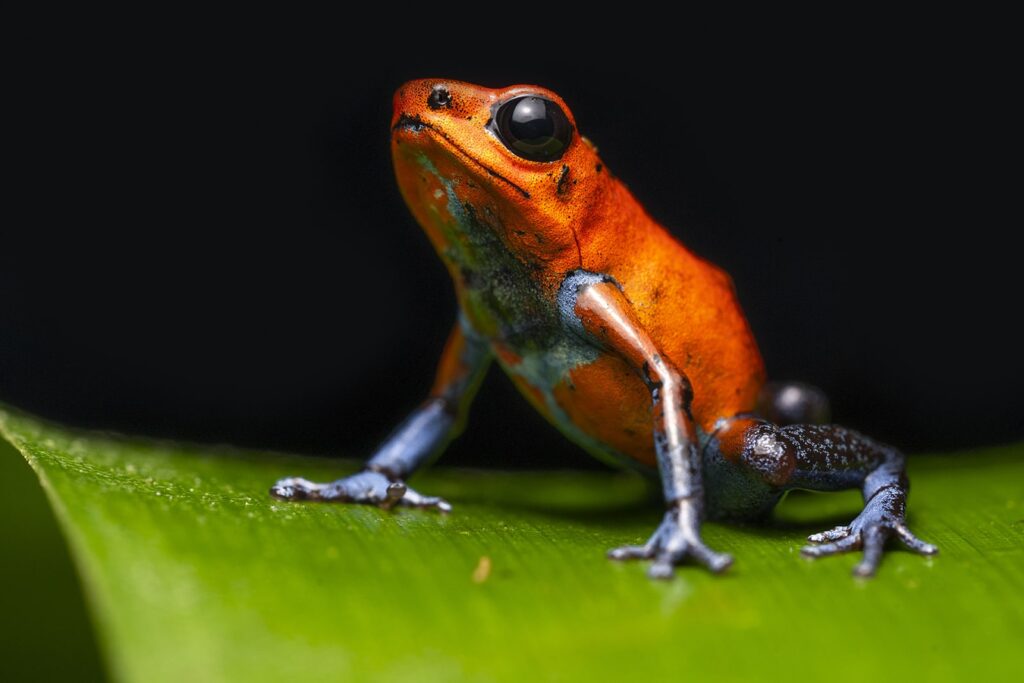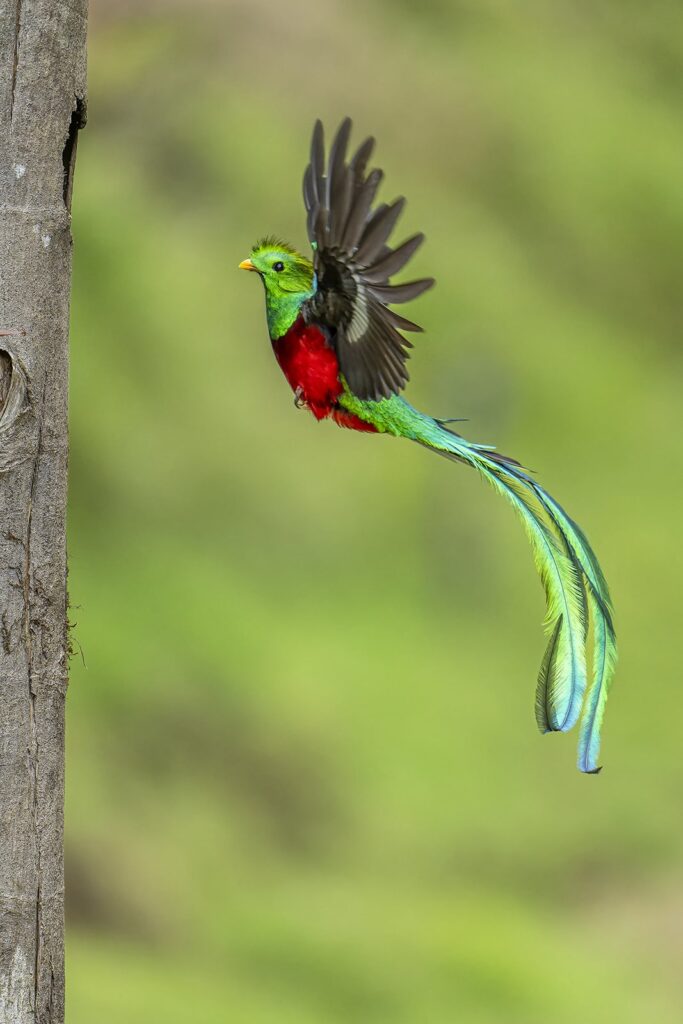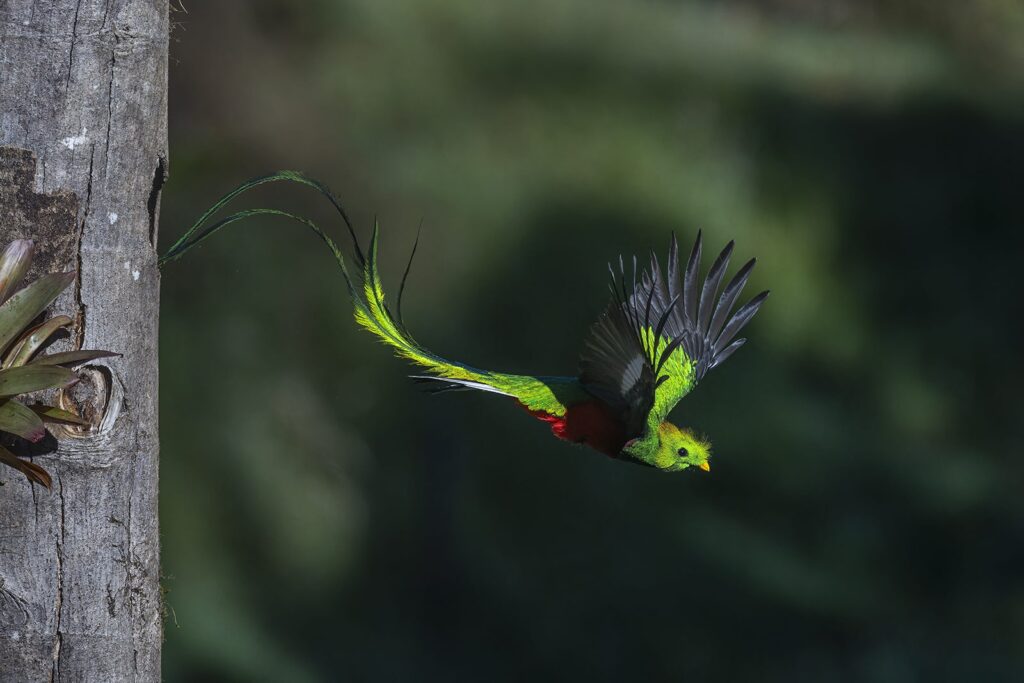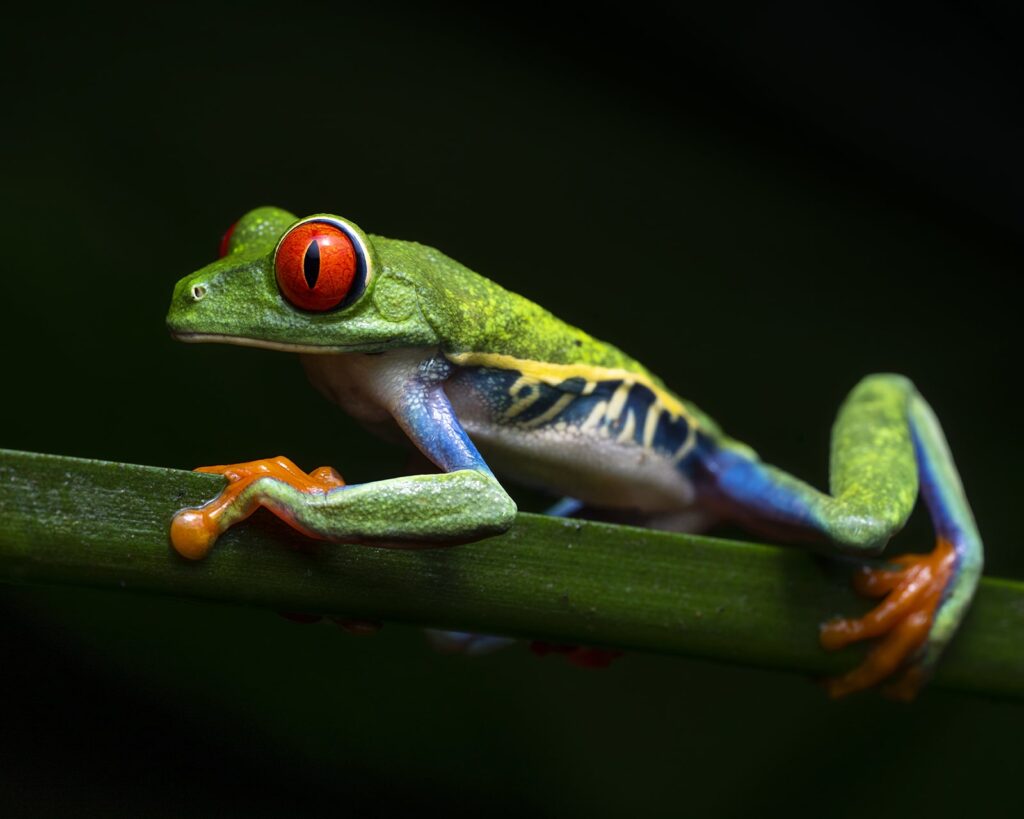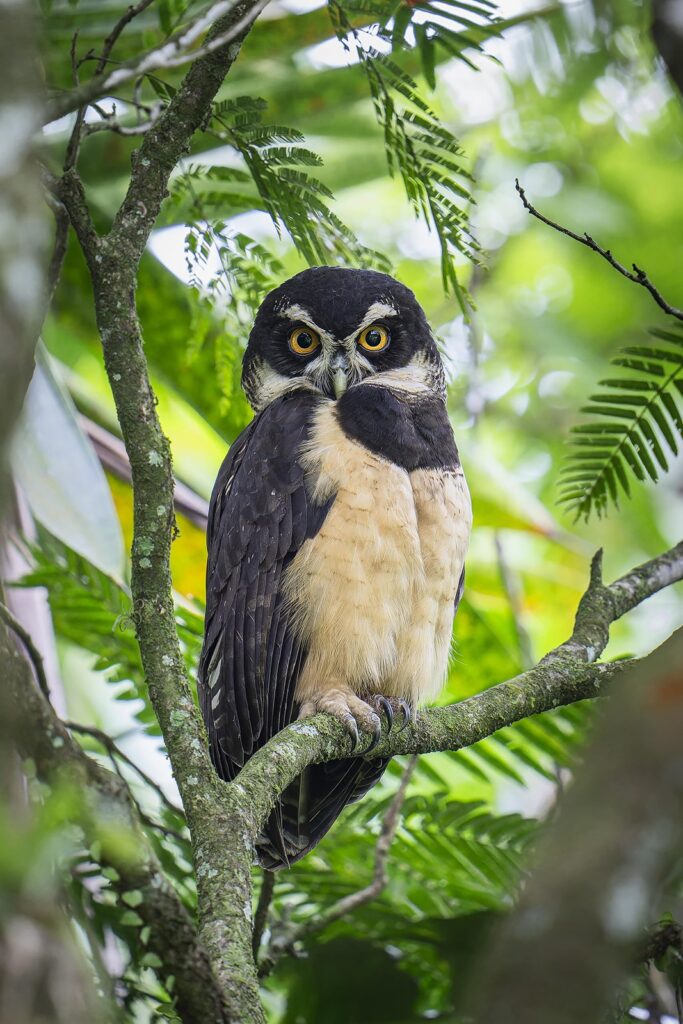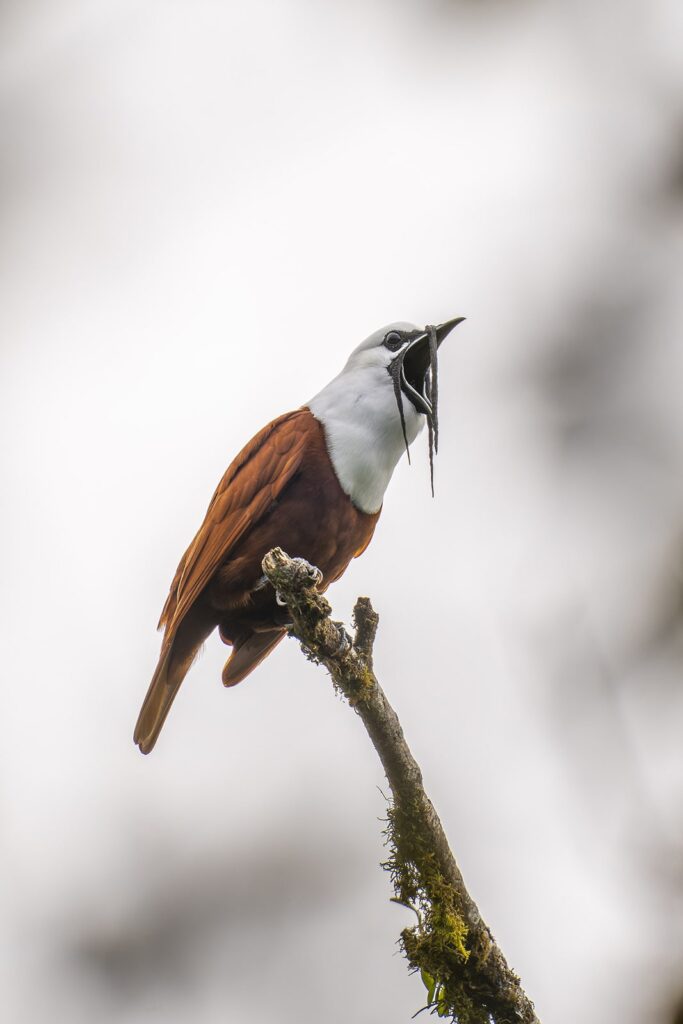Costa Rica Photo Tour
Scroll down
About the Tour
Costa Rica, an ecological gem nestled in the heart of Central America, dazzles with its unparalleled biodiversity. From the majestic peaks of its mountains to the expansive tropical rainforests and white-sand beaches, the country presents a stunning natural backdrop.
Home to 5% of global biodiversity, Costa Rica harbors an astonishing variety of wildlife, from the resplendent quetzal to the the most famous frog in the world.
Numerous national parks and reserves safeguard unique habitats, while volcanoes like the imposing Arenal add a dimension of grandeur. A pioneer in sustainability, Costa Rica is a natural sanctuary that captivates with its rich wildlife and breathtaking landscapes.
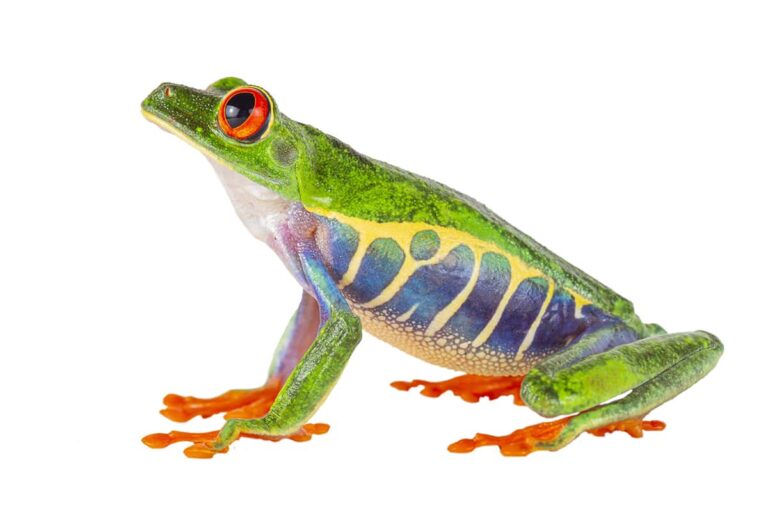
Date
May 4th - 14th, 2026
Activity level
Easy
Available spaces
6
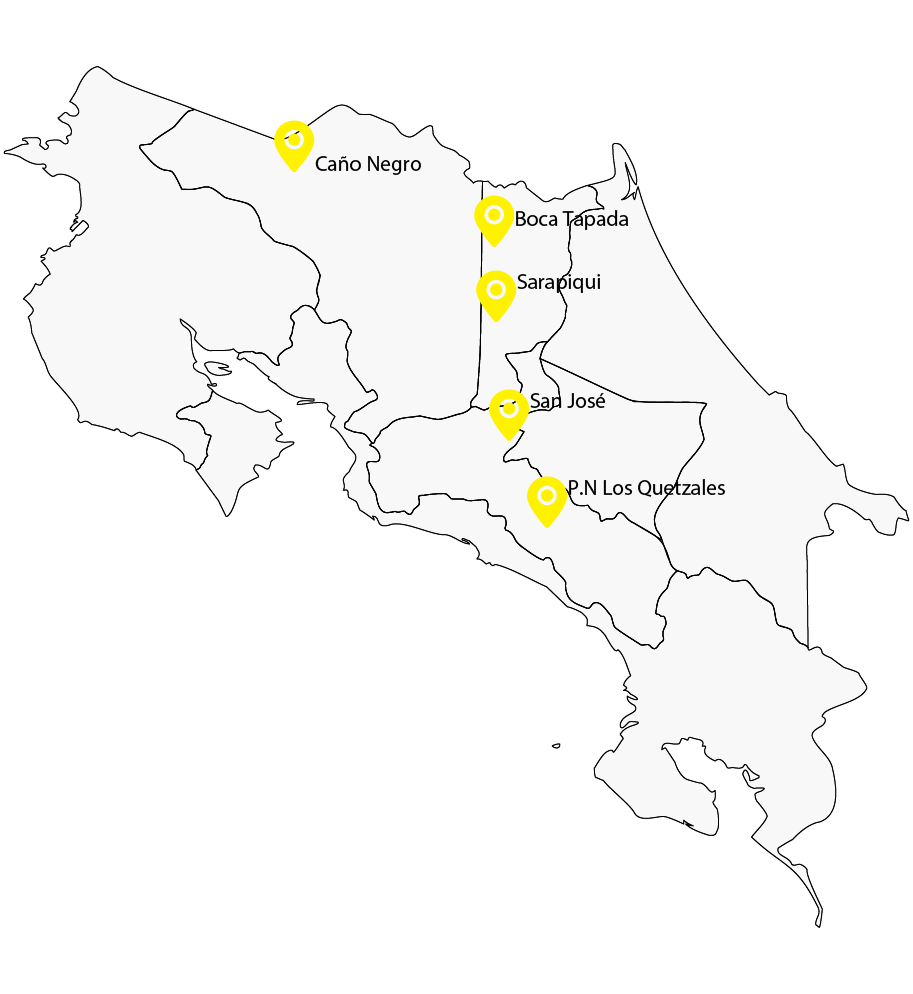
Itinerary
Day 1 | May 4: Arrival day
Arrival at the Juan Santamaria Intl. Airport, Costa Rica.
You will be welcome at the airport by your guide and driver. Immediately we will start the drive around 45 minutes to the hotel in San Jose city.
Day 2-3 | May 5-6: Boca Tapada
Next day you can take advantage of the early morning at the deck for bird photography and then explore the surroundings. The trails are great for Red-capped Manakin displays (depends on rain pattern) and also taking a paddle canoe is a great option to explore the rainforest in the extensive systems of canals, Agami Heron and Sungrebe are good possibilities. And also we will go to the King Vulture Hide.
Day 4-5 | May 7-8: Caribbean Rainfores
Day 6-7 | May 9-10: Talamanca Highlands
Day 8-9 | May 11-12: Central Pacific
Day 10 | May 13: San Jose area
Day 11 | May 14: Flight back home
Featured sightings
USD: 5,250 P.P
Included
- Double accommodation to share.
- All meals (except dinner day 1).
- Expert photographer guide.
- Private transportation.
- Multi-flash.
- Reserves fee.
- Apply supplement for single room.
USD: $550
Not included
- National and International air tickets and airport taxes.
- Additional nights.
- Alcoholic beverages, snacks and beverages that are not part of the meals.
- Laundry service.
- Personal expenses.
- Travel insurance (we recommend having one).
- Tips.
- Any other service not specified in the document.
General tips
For a better experience, it is important to know a couple of factors which will facilitate your stay in Costa Rica:
- If you’d like to take home a couple of souvenirs, we recommend bringing a little extra cash in order to acquire these at the different locations we will be staying at (Local currency is the Costa Rican colón)
. We recommend exchanging around USD 200, or equivalent in your local currency, at the airport. Any other expense we recommend payments by credit card. - Mosquito repellent.
- Sunblock.
- Hats.
- Flashlight (a headlamp is preferable).
- Bags to store wet clothes.
- Water bottle.
- Trekking shoes.
- Warm clothes for the Quetzal area.
Photographic equipment
As photographers, we know how difficult it is to decide how much equipment to take on trips, as we always want to take all of our equipment with us so that we can take advantage of our experiences. Here is a list of equipment we recommend bringing:
- Wide angle lens
- Zoom lens, range 100-600
- Equipment protector for the rain
- Tripod
- Flash
- Batteries
- Battery chargers
- Cleaning equipment
- Plug adaptor
Clothing
We will experience three types of climates.
In the first part of the trip, we will have a mild climate.
On the second part, we will have warm weather, we recommend bringing long pants, shirts or long-sleeved shirts and a lightweight material that help perspire less.
For our last destination, Talamanca, we will have a Cold weather, so it is important to wear warm and waterproof clothing.
tour leader
He graduated in advertising career at the San Francisco de Quito University.
He worked on his career until 2017, since then he made the decision to live from his passion, nature photography. In the same year he started his own business, Photo Wildlife Tours, in which it is dedicated to wildlife photography tours, and conservation. In addition to other audiovisual projects.
In the year 2022 he became the first Ecuadorian to win a category of Wildlife Photographer of the Year, “Animals in their environment”.
Do you need more information?
- 593 98 904 9567
- [email protected]
- Quito - Ecuador
